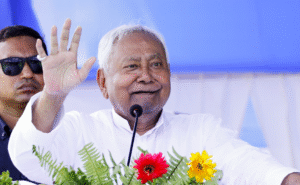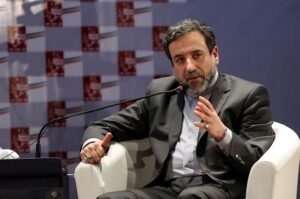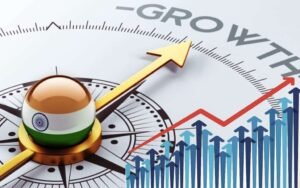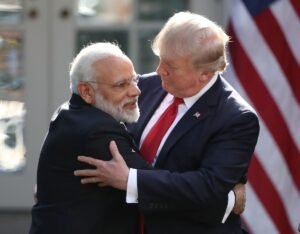Biz Updates: Nepal exports 40 MW of electricity to Bangladesh for the first time

New Delhi| Nepal exported 40 MW of power to Bangladesh through an Indian transmission line for the first time as per the tripartite agreement. Nepal Electricity Authority (NEA) spokesperson Chandan Ghosh said that electricity was supplied to Bangladesh through the Indian transmission line at around 1 pm local time. However, for only one day on Friday, Nepal exported 40 MW of power to Bangladesh and as per the agreement, will be exported continuously from 15 June 2025.

Nepal, India and Bangladesh had signed an agreement in Kathmandu on 3 October this year under which 40 MW of electricity would be exported from Nepal to Bangladesh through Indian transmission lines between 15 June and 15 November during the rainy season for the next five years.

The agreement included NEA, NTPC Vidyut Vyapar Nigam Limited of India and Bangladesh Power Development Board (BPDB). However, actual power exports were delayed, mainly due to political unrest in Bangladesh.
Describing it as an ‘historic opportunity’, Ghosh said it has cleared the way for Nepal to sell power to a third country. “It has broken down diplomatic, economic and technical barriers to trade in electricity with a third country that is not our immediate neighbour”, he said
Friday’s exports to Bangladesh came from Nepal’s 25-MW Trishuli and 22-MW Chillim hydroelectric plants and used India’s 400-kV Muzaffarpur-Behrampur-Bhedamara transmission line.
India’s foreign exchange reserves declined by $6.48 billion to US$675.65 billion in the week ending November 8. The Reserve Bank of India (RBI) gave this information on Friday. The previous week, the country’s foreign exchange reserves had declined by $2.67 billion to $682.13 billion. At the end of September, foreign exchange reserves had reached an all-time high of $704.88 billion which has been decreasing for the last several weeks.
According to data released on Friday by the Reserve Bank, foreign currency assets, considered a significant part of foreign exchange reserves, declined by $ 4.47 billion to US $ 585.38 billion in the week ending November 8. Foreign currency assets denominated in dollar terms include the effects of fluctuations in non-US currencies such as the euro, pound and yen held in foreign exchange reserves. The value of gold reserves declined by $1.94 billion to US$ 67.81 billion in the week under review. Special Drawing Rights (SDRs) declined by $60 million to $18.16 billion. According to Reserve Bank data, India’s reserves with the International Monetary Fund (IMF) declined by $14 million to $4.30 billion in the week under review.

Air India Express on Friday announced the expansion of its services from Kolkata and Bagdogra in West Bengal. The number of weekly flights will increase to more than 230 in winter this year, compared to 168 in the same season last year. The airline said this growth includes new direct routes connecting Kolkata to Sri Vijayapuram (Port Blair) and Indore and Bagdogra to Chennai.

Chief Commercial Officer of Air India Express Dr. “Our new winter program with over 230 weekly flights from Kolkata and Bagdogra expresses our commitment towards promoting trade and tourism in the region”, Ankur Garg said in a statement
“We are thrilled to launch the new flight between Kolkata-Port Blair next month, which is the perfect time for the holiday season, during which time, our guests will have more travel options”, he said According to the statement, two new aircraft, inspired by “jamdani” and “kanth” designs, will make guests experience the rich cultural heritage of West Bengal.
Former Reserve Bank of India Governor C Rangarajan said India’s healthcare expenditure is currently less than two per cent of gross domestic product (GDP) and governments should increase it immediately. Speaking at the ICFAI Foundation for Higher Education (IFHE), Rangarajan stressed the importance of “ensuring efficient use of funds before increasing spending on healthcare”.
He said, “There is a constant discussion on increasing expenditure on healthcare in India to at least 2.8 per cent of GDP”. However, current figures show that we are spending only 1.8 or 1.9 percent of GDP. Governments should increase spending on health care, focus on setting up hospitals that provide free services, and ensure that these funds are used efficiently.”
The former chairman of the Prime Minister’s Economic Advisory Council said that education and health are important to accelerate the country’s progress. “In India’s social spending system, however, more resources are allocated to education than to health, which may not be the ideal approach.”









